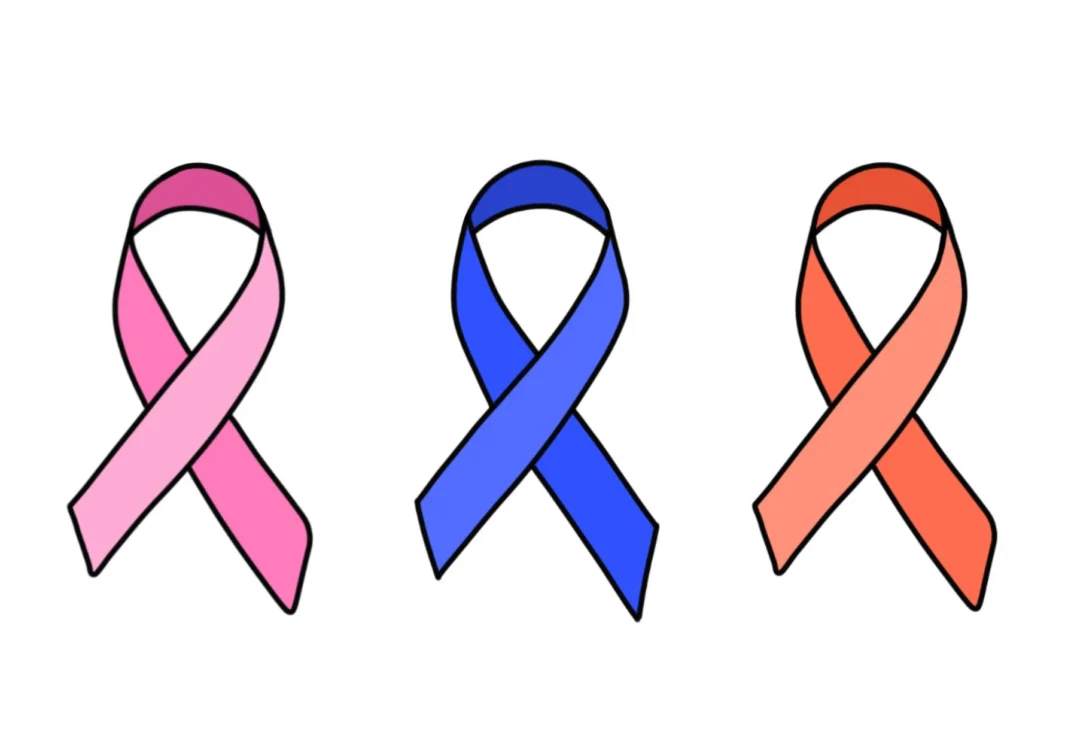For survivors, recurrence of breast cancer is one of the most worrisome realities. Cancer can occasionally recur months or even years after a successful course of treatment. Even if many people continue to be in remission, it’s important to continue to be aware of the warning symptoms and risk factors in order to enhance early detection and results.
We’ll go over recurrence types, risk factors, symptoms, detection techniques, and risk reduction strategies in this guide.
What is Breast Cancer Recurrence?
Breast cancer recurrence happens when cancer cells return after treatment. While most breast cancer survivors do not experience recurrence, it’s important to recognize that recurrence is possible and can be local, regional, or distant.
👉 According to the American Cancer Society, recurrence rates depend on the type of breast cancer, age at diagnosis, genetics, and treatment received.
Types of Breast Cancer Recurrence
- Local recurrence
- Cancer reappears in the same breast where the original tumor developed.
- Regional recurrence
- Cancer returns in nearby lymph nodes, such as those in the armpit or around the collarbone.
- Distant recurrence (metastasis)
- Cancer spreads to distant organs like the lungs, liver, bones, or brain. This is also known as stage IV breast cancer.
Factors That Influence Recurrence
Several factors can affect your likelihood of recurrence:
- Type of breast cancer: Aggressive cancers such as triple-negative breast cancer (TNBC) and inflammatory breast cancer (IBC) have higher recurrence rates.
- Stage at diagnosis: Advanced stages (III or IV) are more likely to recur.
- Treatment: A combination of surgery, radiation, chemotherapy, and targeted therapy reduces recurrence risks compared to surgery alone.
- Genetics: Mutations in the BRCA1 and BRCA2 genes are strongly linked to recurrence.
Risk Factors for Recurrence
While anyone can experience recurrence, certain risk factors make it more likely:
- Being diagnosed before age 35
- Having late-stage cancer at diagnosis
- Genetic predisposition (BRCA mutations)
- Lifestyle habits such as smoking, alcohol use, and poor diet
- Other health conditions like diabetes, obesity, and heart disease
How to Reduce the Risk of Recurrence
While recurrence cannot be prevented entirely, there are proven steps to lower risk:
- Stick to prescribed treatments and follow-ups
- Quit smoking and limit alcohol intake
- Eat a nutrient-rich, anti-inflammatory diet (fruits, vegetables, whole grains, omega-3s)
- Stay physically active
- Perform regular self-breast exams
- Keep up with screening tests (mammogram, ultrasound, MRI)
Symptoms of Breast Cancer Recurrence
Watch for these possible signs of recurrence:
- New lumps in the breast or underarm
- Changes in breast shape, swelling, or redness
- Nipple changes or discharge
- Swollen lymph nodes
- Pain, numbness, or swelling around the scar area
- Persistent fatigue, headaches, or chest pain
- Loss of appetite or unexplained weight loss
If you notice any of these, contact your healthcare provider immediately.
Advances in Detection
Doctors use many of the same diagnostic tools as during the first diagnosis, including:
- Mammogram
- MRI or CT scan
- PET scan
- Ultrasound
- Tumor marker blood tests
- Biopsy
Emerging options such as liquid biopsies and genetic testing are also being studied to improve early detection.
Bottom Line
Numerous factors, such as age, genetics, lifestyle, and the kind of disease, might affect the recurrence of breast cancer. Maintaining vigilance on lifestyle modifications, follow-up care, and routine screenings can significantly improve results.
Being proactive about your health is the most crucial thing you can do. Do not hesitate to consult your physician if you observe any unexpected changes.
